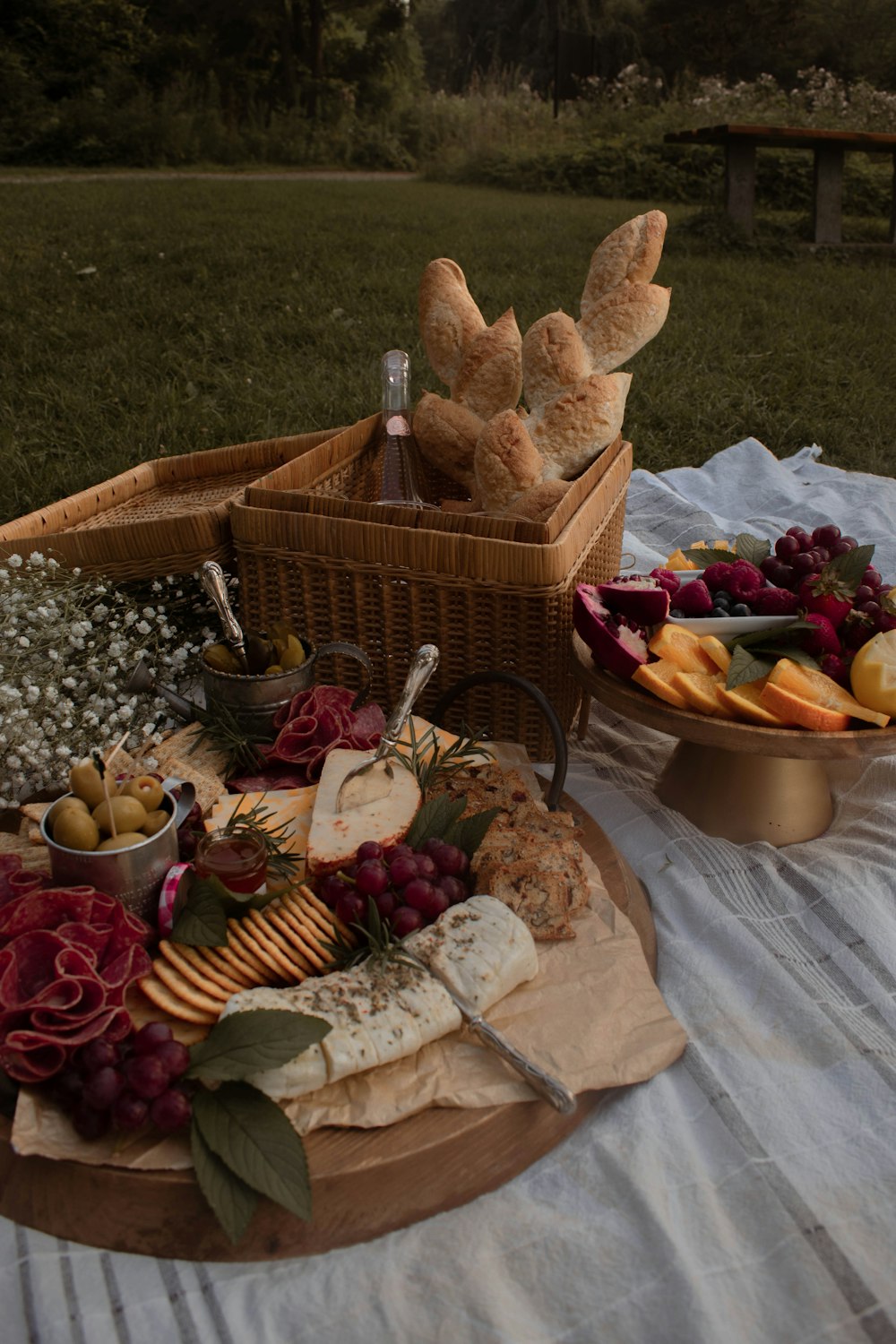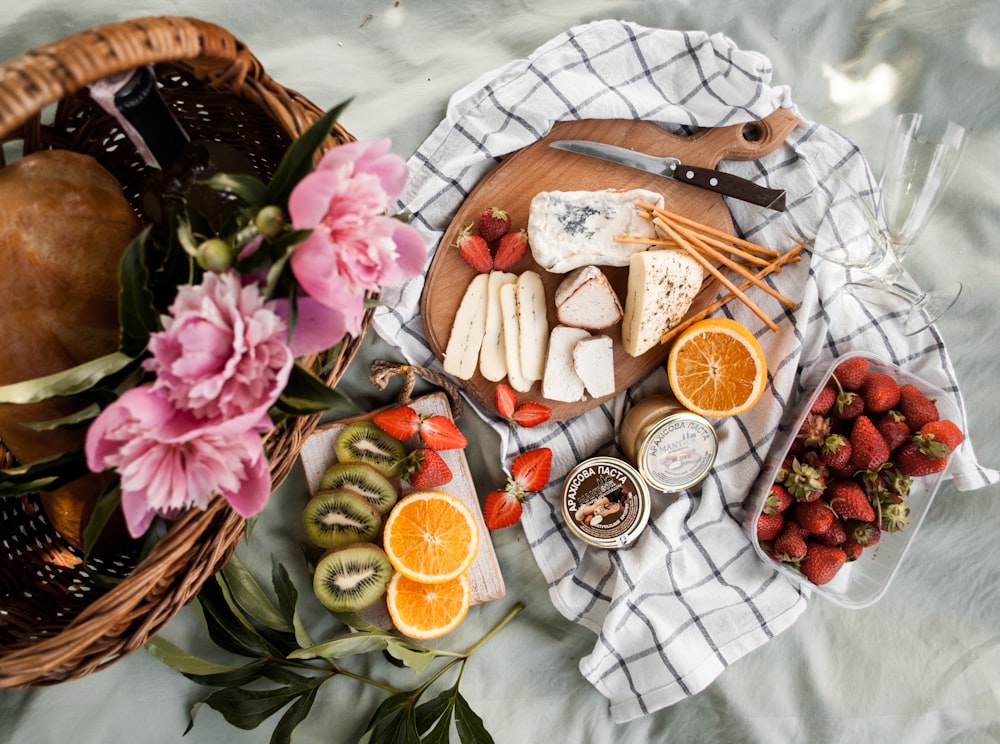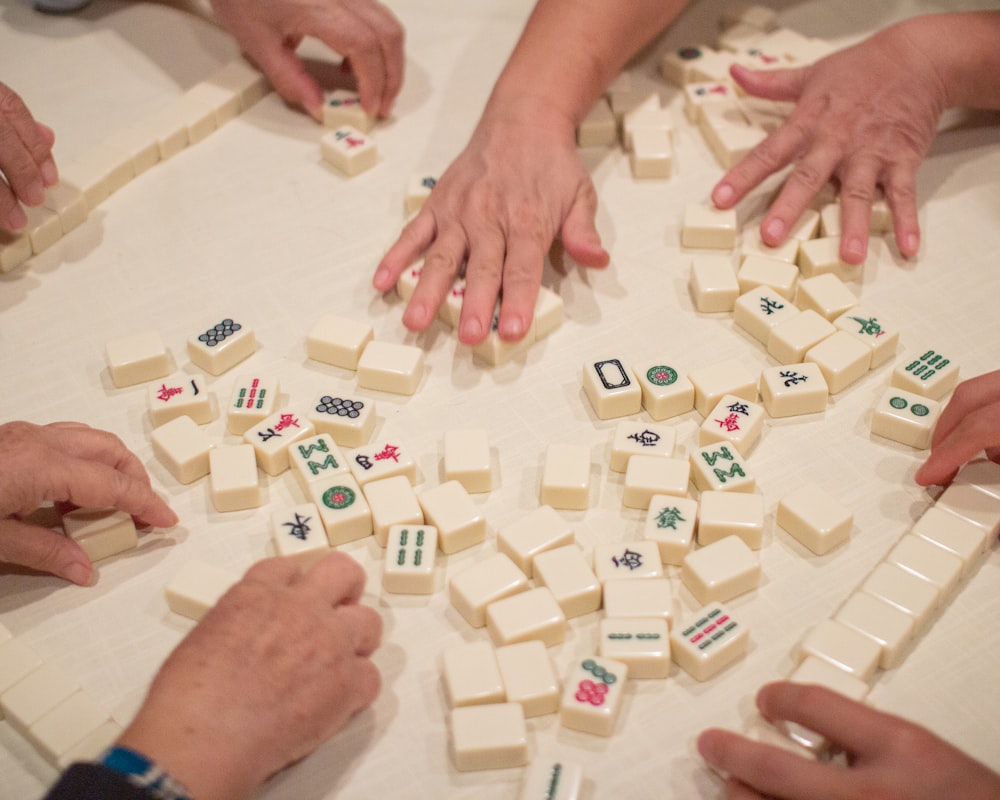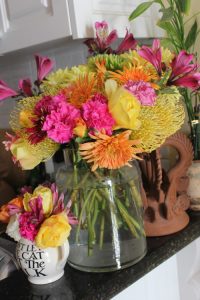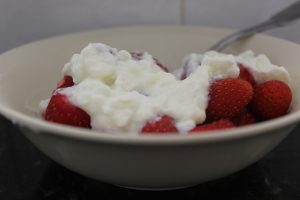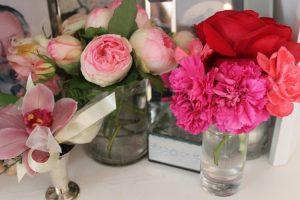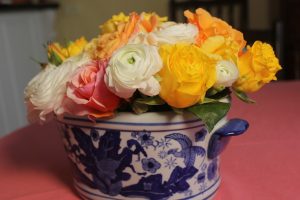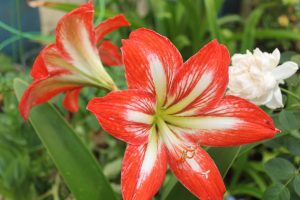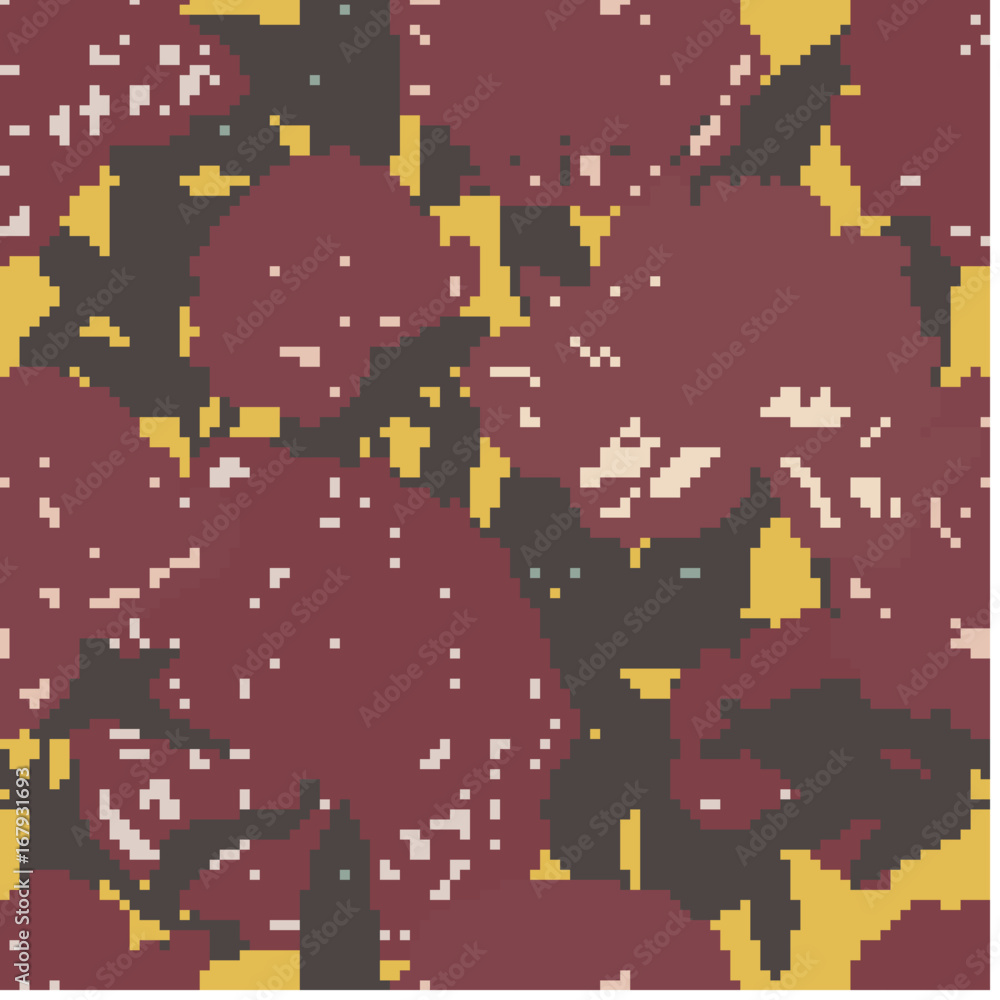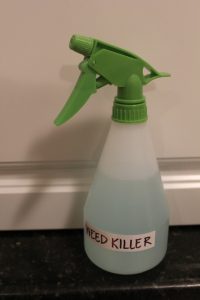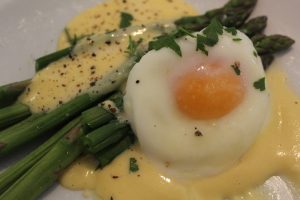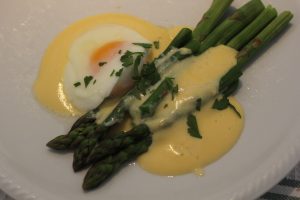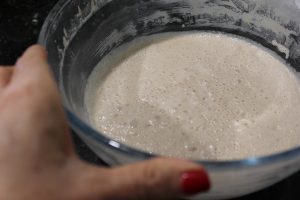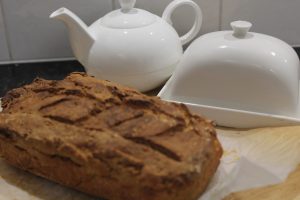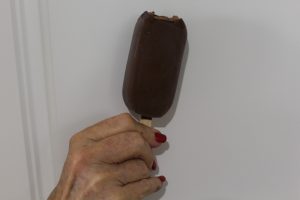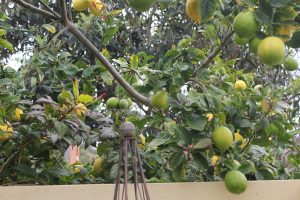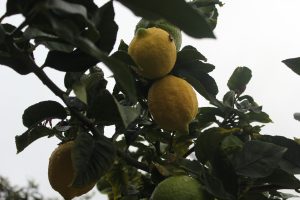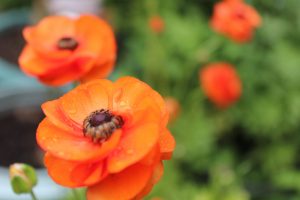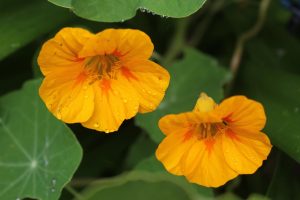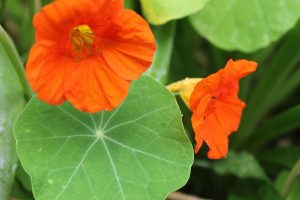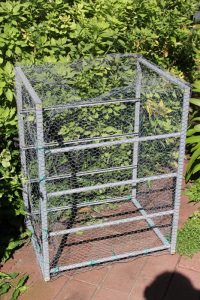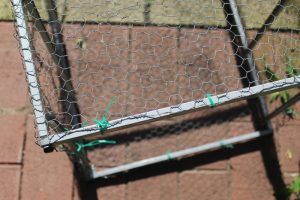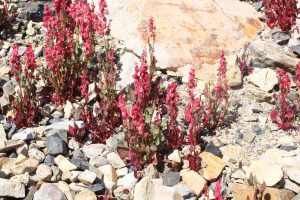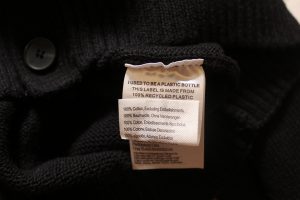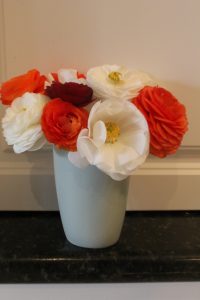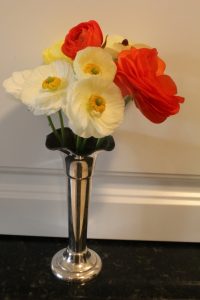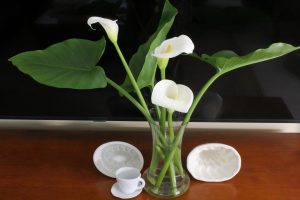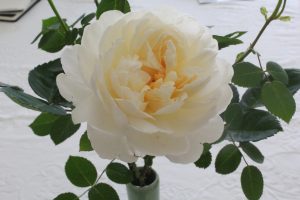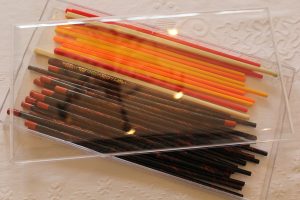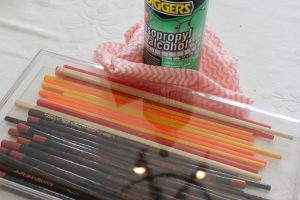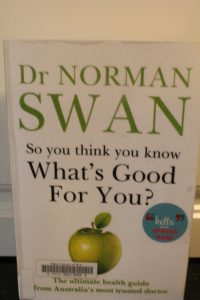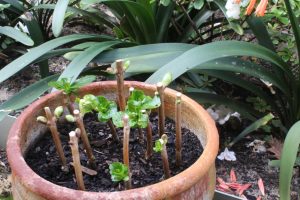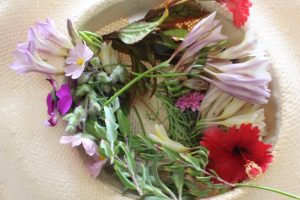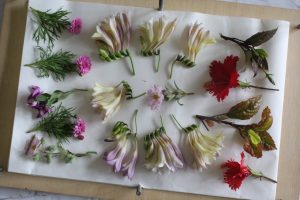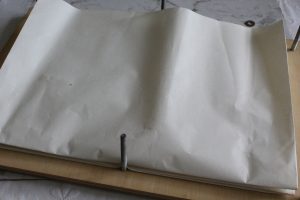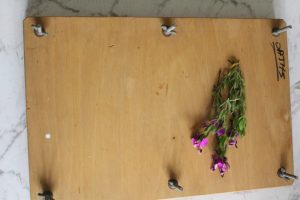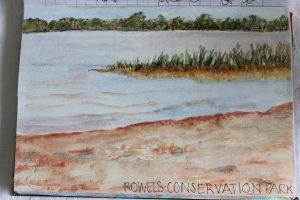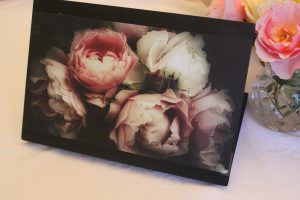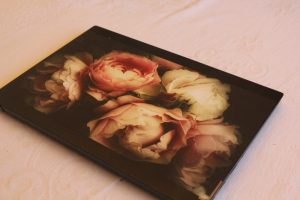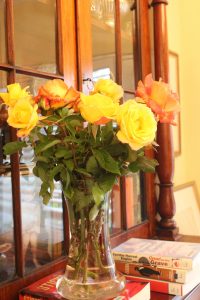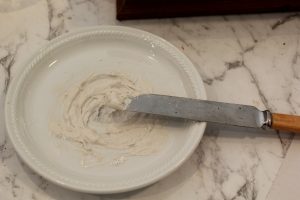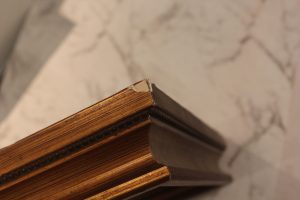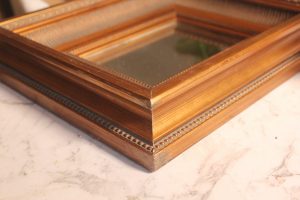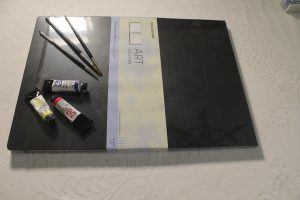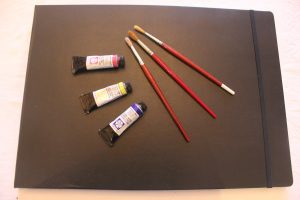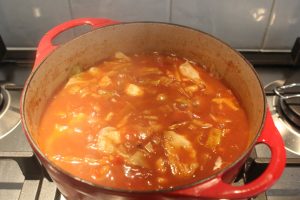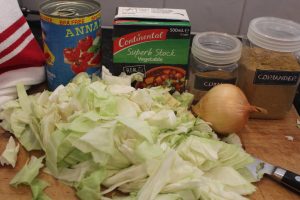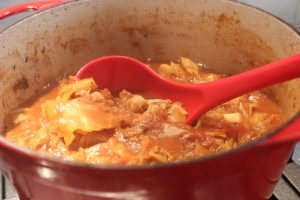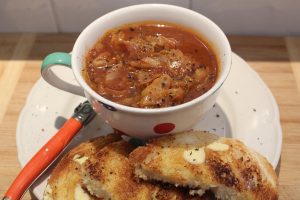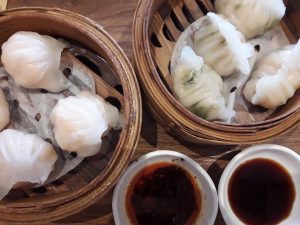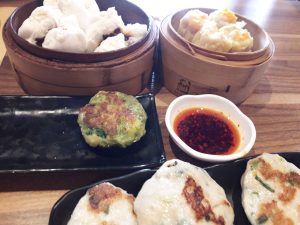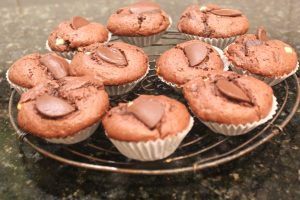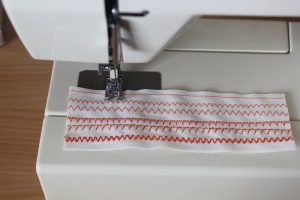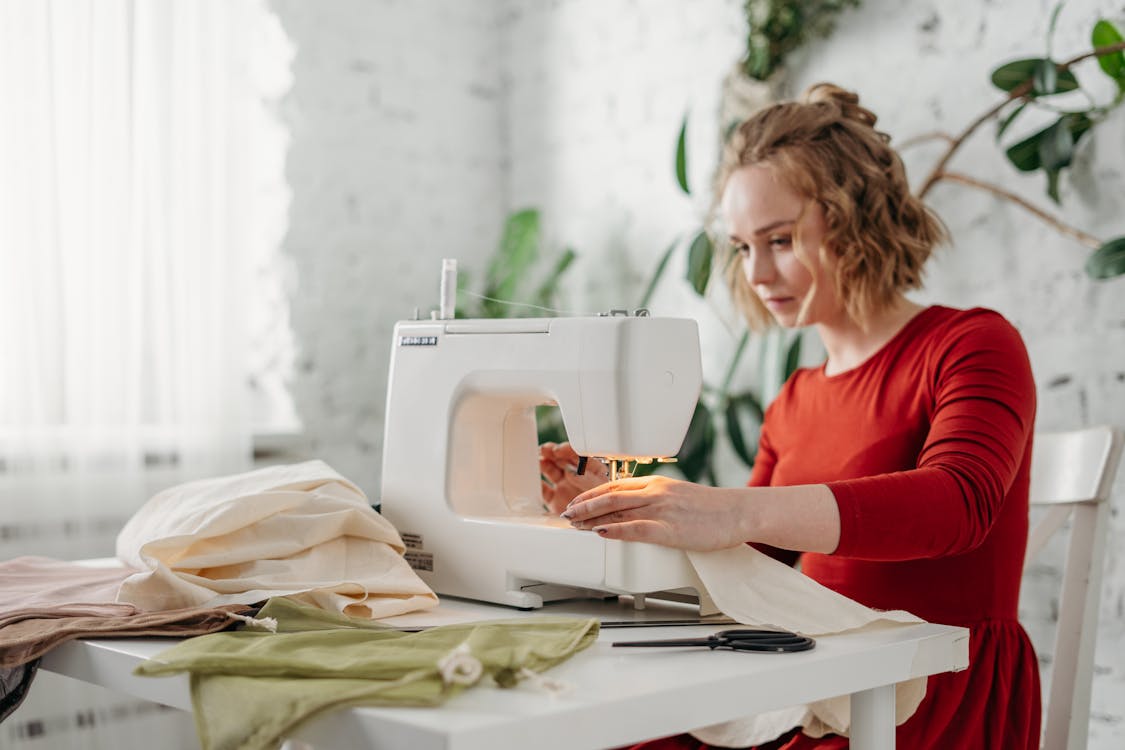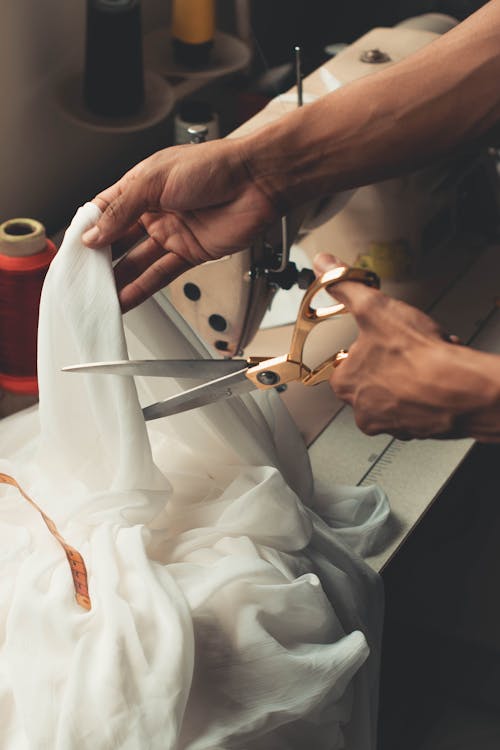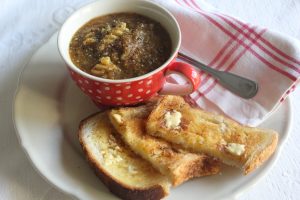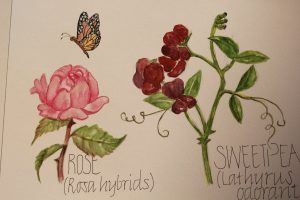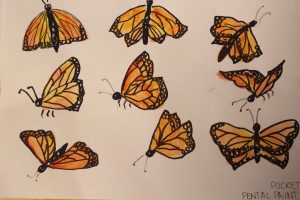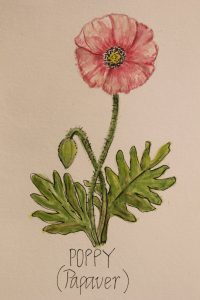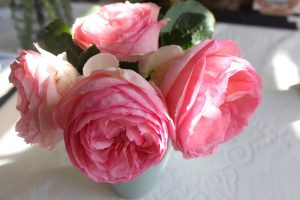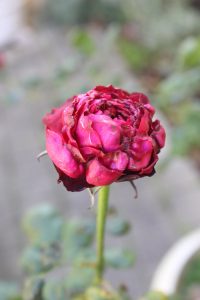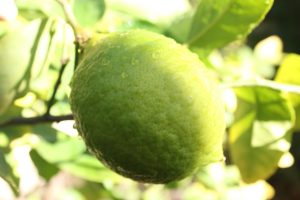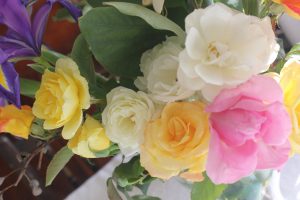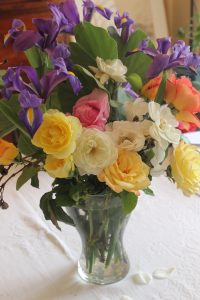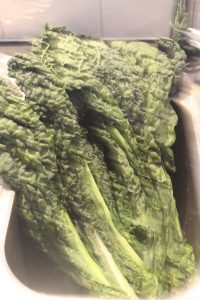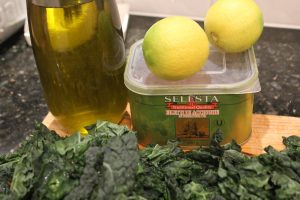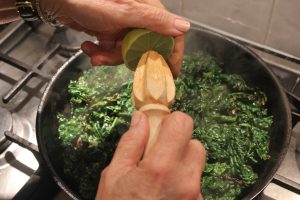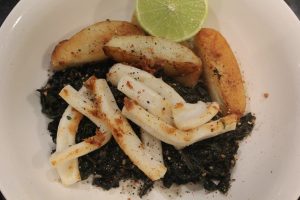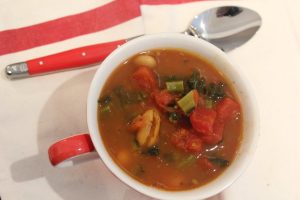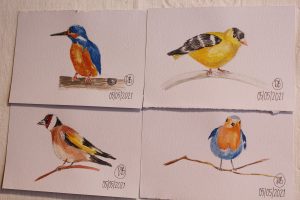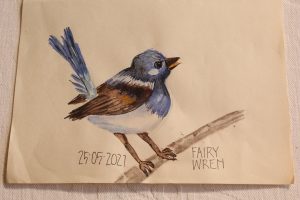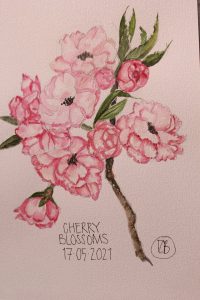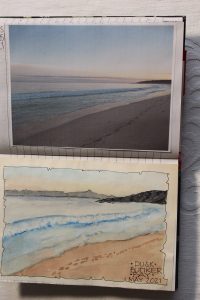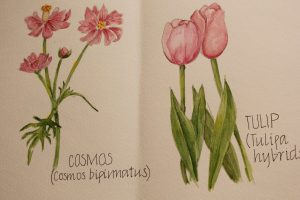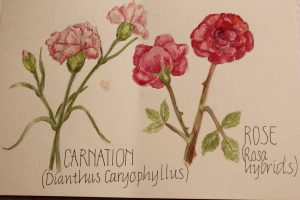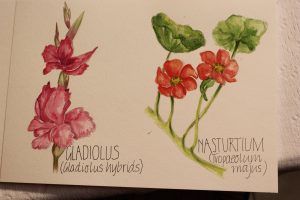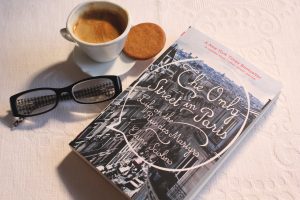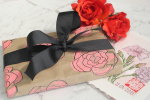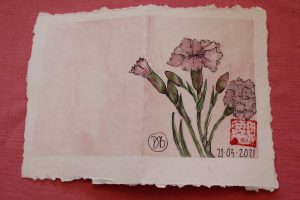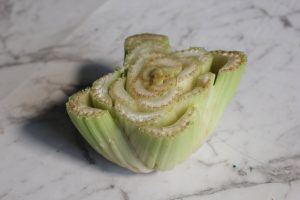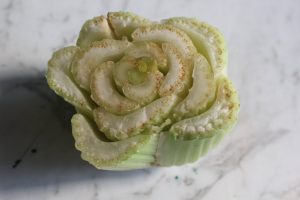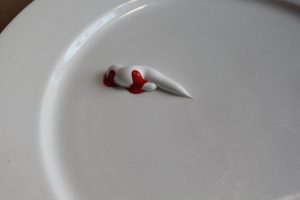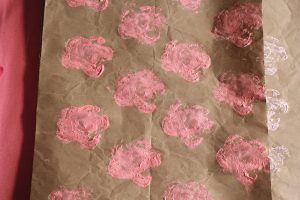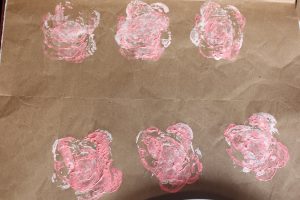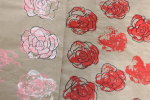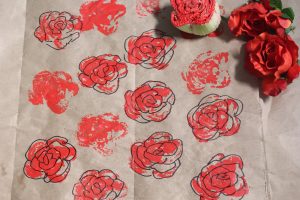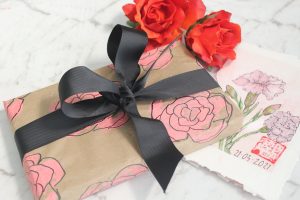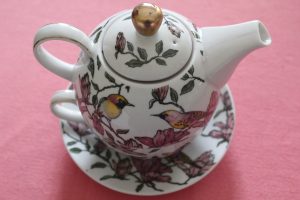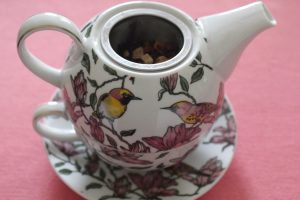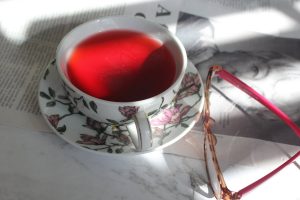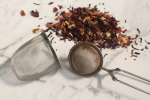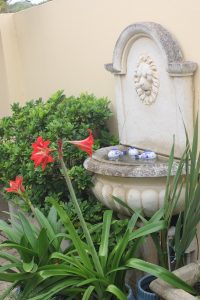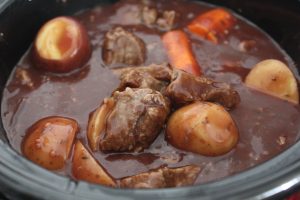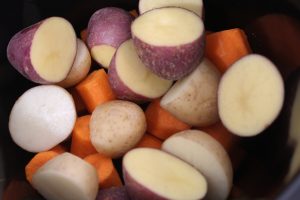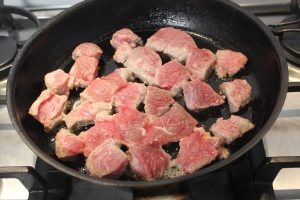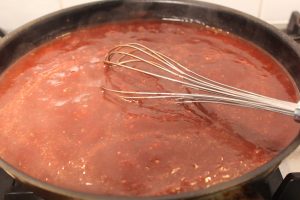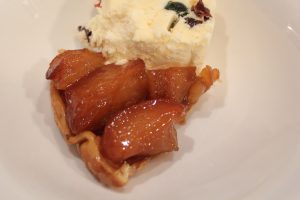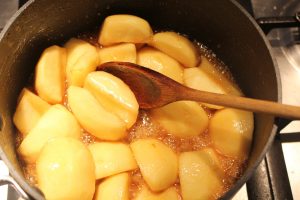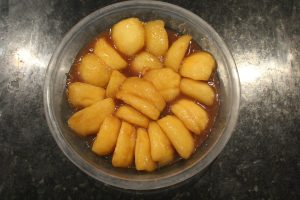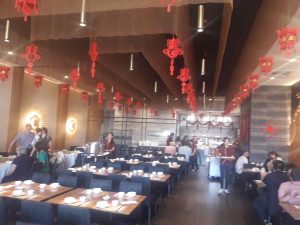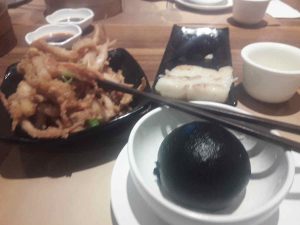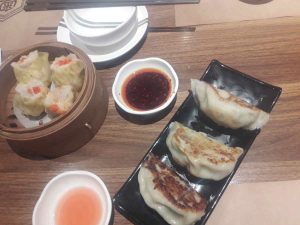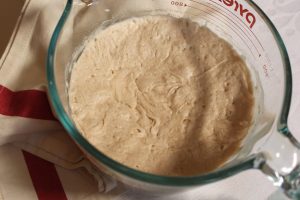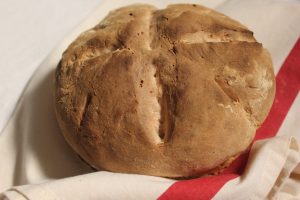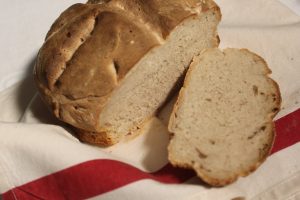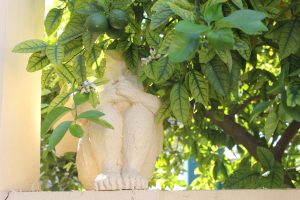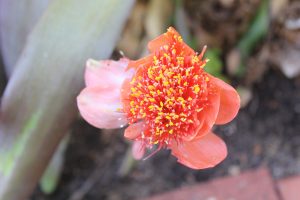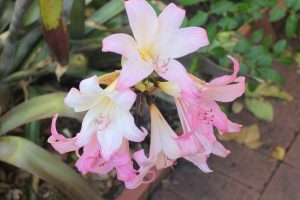In many countries people are able to go back to many of their pre CV-19 activities but other places still have lock downs or restrictions. So what can you do for fun if your movements are still limited?
IMPROMPTU PICNIC
At the table, on a rug or outdoors a picnic is always fun. Platters of cut up food are the best for picnics and don’t require much preparation. Put any cheese you have on a platter, add cut up fruit from the fruit bowl, crackers or corn chips, even fingers of toast. Add sticks of carrots and celery plus any hommus or dip you have already. Little bowls of cashews, almonds or any other nut can be added along with dried apricots, dates and dried figs. Just use whatever is in the pantry. This list is just bare basics, you probably have plenty of delicious little snacks you can add to the picnic.
Now add a jug of mint or lemon flavoured water or cordial, or if it’s cold, a jug of hot chocolate. Call everyone to the picnic and enjoy an impromptu feast.
play a board game
Dig out a long forgotten board game. So if you know you have a mahjong set, a Scrabble board, a backgammon box or anything else you haven’t used for years, get it out! Taking the time to teach others how to play or even teaching yourself at the same time can result in great games around the table. There’s lots of information such as history, rules and strategies online.


Or play HANG THE MAN. All you need is a piece of paper and a pen or pencil. Lots of fun guessing the word. Rules are online.
watch a classic film
Look up a list of classics films and find one you’ve heard about but never watched. Search on demand movie channels or subscriber providers. Put on the popcorn and settle on the sofa or set up a screen outside when it’s dark. In Western Australia we are at the end of the wettest October for 28 years, so indoor film nights for us!


Other activities are all about food. My Mother has been convalescing with us following eye surgery. She prefers a salt free diet and actually eats very plain food. Very challenging at times. A friend suggested I try poached chicken. She only poaches chicken now as it remains moist and is full of flavour.
I used chicken breasts as I had them in the fridge. More often, people cook whole chickens. I prefer free range chicken. I cut the breasts in half longways and gently lowered them into a large pot of boiling water, then turned off the heat. Put the pot with the lid still on onto the draining board for about an hour then removed the lid. The breasts were white. I drained them and sliced one to check if it was cooked. It was white all the way through and very moist. I added some of the cooled, sliced chicken to a salad. It was moist and well cooked. Drizzled a dressing made an olive oil, vinegar and lemon zest plus lemon juice dressing over the salad and chicken. Lovely and light.
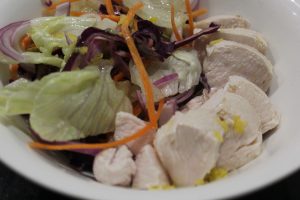

The next day I added the poached breasts to some sweated onions and a jar of tomato (pasta) sauce. Stirred through cauliflower, broccoli and beans and put it in the oven for 40 minutes. Easy dinner. When I do this again I’ll poach the chicken in water with ginger and garlic in it, or lemongrass as I actually found the chicken very bland. I’d make a spicier sauce, too.
Family and friends came to visit while my Mother was recuperating at our house. Lots of lovely conversations and snacks. These tiny macarons were very good.
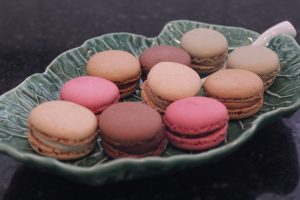

gardening news
The roses have recovered from chilli thrip. These iceberg roses have a flower in the middle surrounded by three or five other buds. The middle one blooms first, so I dead head it and let the surrounding flowers bloom. So, a trug full of central blooms!
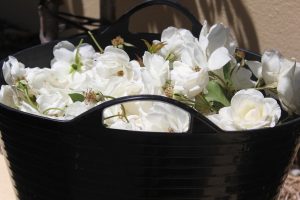

Cut some of the icebergs plus some Pierre de Ronsard roses for this old Willow pattern teapot. Looks pretty on the table. It’s such a relief that the roses are healthy now.
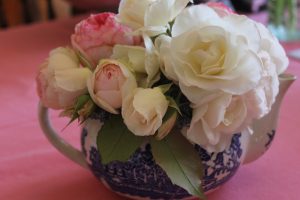

As usual, so many gorgeous hippiastras.
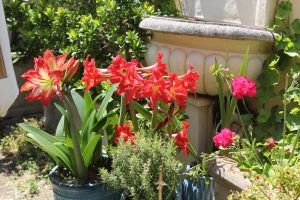

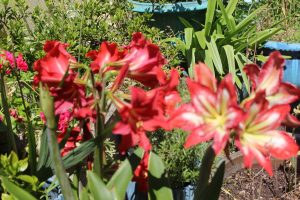

It has been suggested I cut the flowers and put them in a vase inside. I’ve never done this but like the idea. Do you cut hippiastra and put them inside?
UPDATE ON NON TOXIC WEED KILLER The vinegar, salt and detergent weed killer is very effective but I only use it on the weeds in the path, not in garden beds. The problem is the salt will change the acidity/ alkalinity of your soil.

